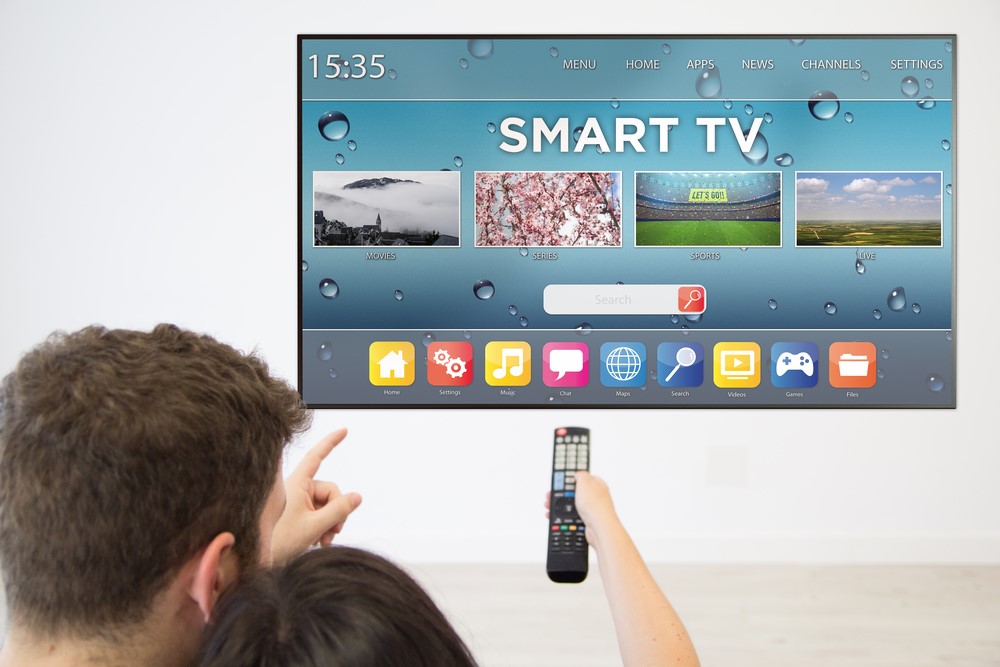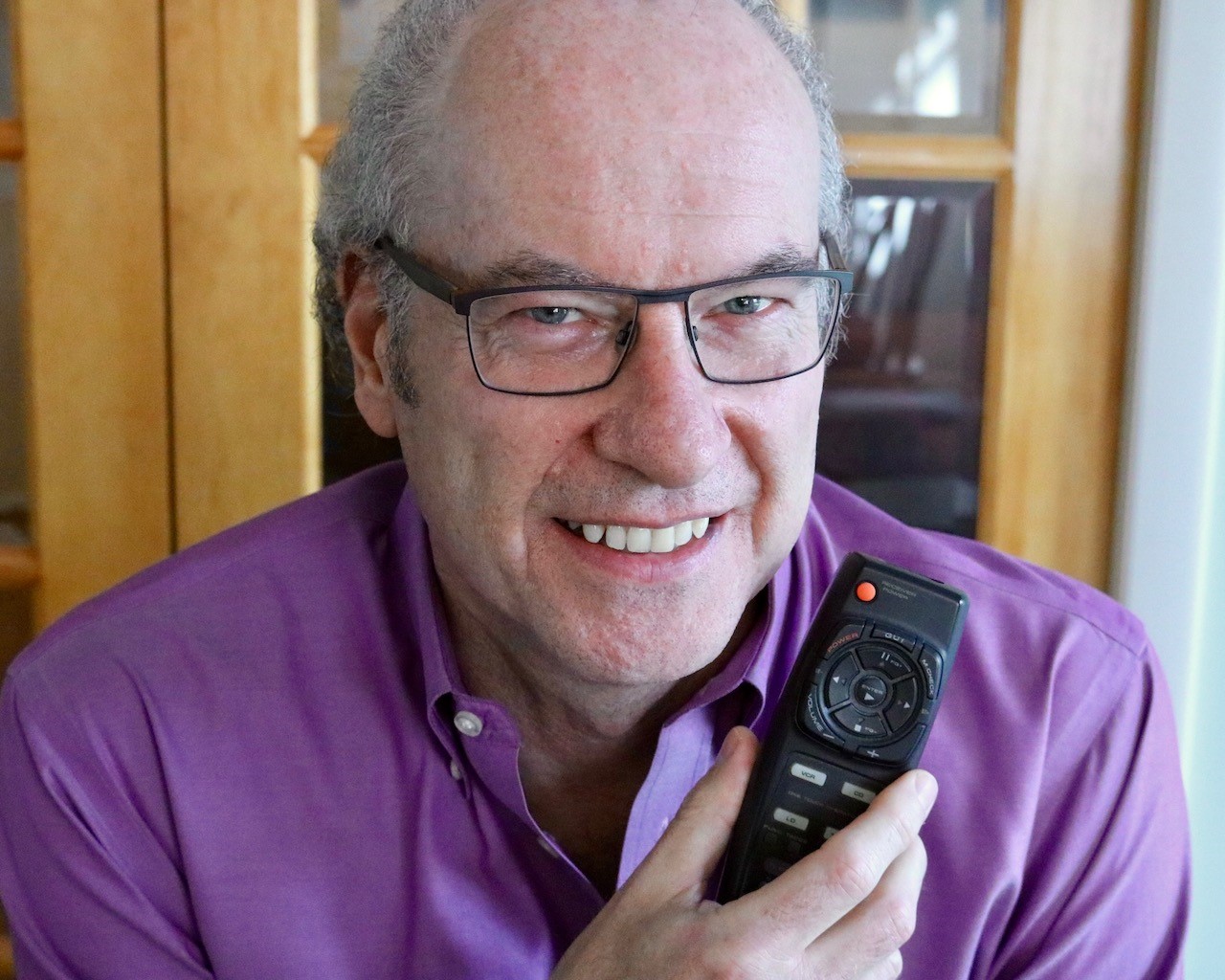What Smart TV Consumers Do — and Don't Do — With Their Devices

Now that more than 75 percent of all U.S. households possess a smart television set or TV-connected device, how is that universe of consumers using these possessions?
One way for sure: watching upwards of 10 billion hours of content through various applications per month, according to the latest data from Nielsen and other media research outlets. The content assortment being watched includes broadcast, cable and multicast channels, Netflix, Hulu, Amazon, CBS All Access, Facebook Watch, YouTube, and a growing variety of programming ventures using smart devices as their primary or exclusive distribution vehicle. However, there are plenty of available smart TV features consumers are not using to a great degree, from ordering products and services at any moment to turning their lights or air conditioning on and off.
That's the conclusion of "Evolution of the TV Set," a new study of smart TV user habits assembled by Hub Entertainment Research late last month. On a scale of one to 10 — with one being rare adoption and 10 universal adoption — smart TV penetration hovers around an eight or nine, while usage of most smart features and applications is "probably like a four or five," says coauthor and media consultant David Tice (pictured below).
"It's a bit like smartphones," Tice believes. "There are tons of features and apps on them that people hardly ever use. It's kind of getting to be the same way with TV sets."
More than 2,500 smart TV set or device owners participated in Hub Entertainment's report, via interviews conducted this past May or June. Nearly four out of 10 users (37 percent) watch or listen to music through their smart products, using apps such as Pandora or Spotify. Two out of 10 users conduct chat sessions on their TV sets, transferred from their tablets or smartphones. About 18 percent browse Internet destinations via their smart TVs and 14 percent regularly check out the latest news, weather, and traffic information.
The inclusion of artificial intelligence-powered voice features such as Alexa, Google Assistant, and Siri inside many smart TVs and devices over the last 24 months is impacting consumer usage of non-video applications. About 20 percent of the study's subjects have AI access, allowing them to control their device with their voice. "Having that ability seems to be popular," Tice says. "It's going to be increasingly built-in as a standard. People are used to using voice features, especially on their smartphones. What people do on their smartphones will migrate to the set at some point."
Tice suspects that smart TV consumers would be further along the adoption curve if the smart TV set and device makers themselves devoted far more time and resources to educate consumers about their latest features. Big events staged by the likes of Samsung or Google in New York, Silicon Valley, or Los Angeles avoid smart TV functionality demonstrations in favor of smartphones, tablets, and wearables. A rare showcase of this kind was Amazon Fire TV's display with Dolby earlier this summer in New York.
 "You would think they would want to [highlight features], especially with the investments they make in these products," Tice says. "It may come down to certain divisions [of these companies] having the money to do it, and certain divisions don't…. They are kind of shooting themselves in the foot if they're not promoting what's possible with their own [products]."
"You would think they would want to [highlight features], especially with the investments they make in these products," Tice says. "It may come down to certain divisions [of these companies] having the money to do it, and certain divisions don't…. They are kind of shooting themselves in the foot if they're not promoting what's possible with their own [products]."
Compounding matters is an ongoing lack of press coverage about the subject from key newspapers, cable news and business news channels, and technology-centric websites, as well as the absence of discussion at many TV and consumer electronics industry conferences or exhibitions. Tice attributes both situations to the impression that TV sets — even smart TVs — are not "very sexy" compared to smartphones and wearables. "Making people aware that these products are out there wouldn't hurt in getting people to try features and use them more often," Tice says.
Tice predicts that the arrival of cloud-residing subscription game services, interactive programs, and advertising over the next year can trigger more smart TV sales and usage. The coming of services such as Apple Arcade and Stadia from Google, where games can be played over the TV without the assistance of a PlayStation or Xbox-modeled console tops his trio of usage breakthroughs.
"This will be the Netflix of games," Tice says. "It would get rid of a box in the home. People don't like having extra set-top boxes or boxes connected to their sets. They would have the most updated games and not worry about continually downloading updates."
Millennials and younger generations of smart-product users will, in the end, dictate how fast and far interactive features spread. "As we see today's teenagers and young adults take up a larger size of the TV audience," Tice believes, "interactivity will become more important as we go along."
Click the social buttons above or below to share this story with your friends and colleagues.
The opinions and points of view expressed in this content are exclusively the views of the author and/or subject(s) and do not necessarily represent the views of MediaVillage.com/MyersBizNet, Inc. management or associated writers.


